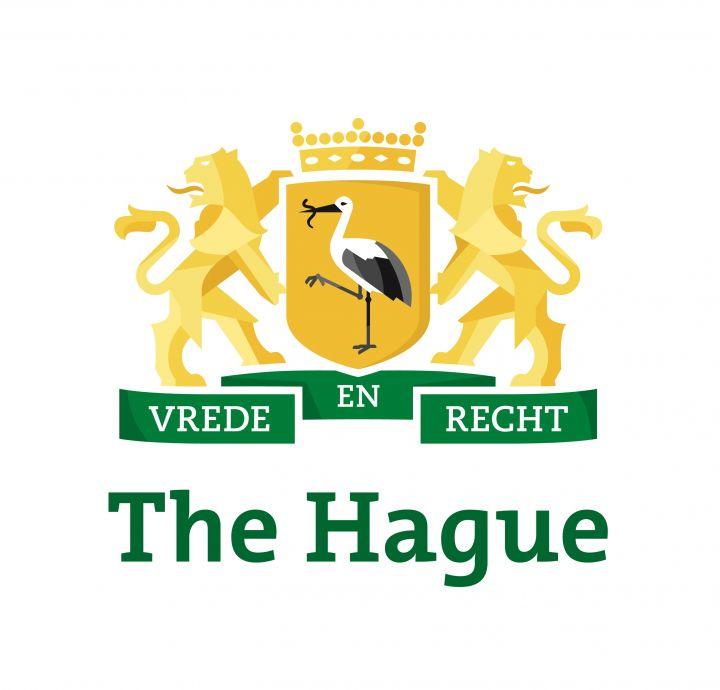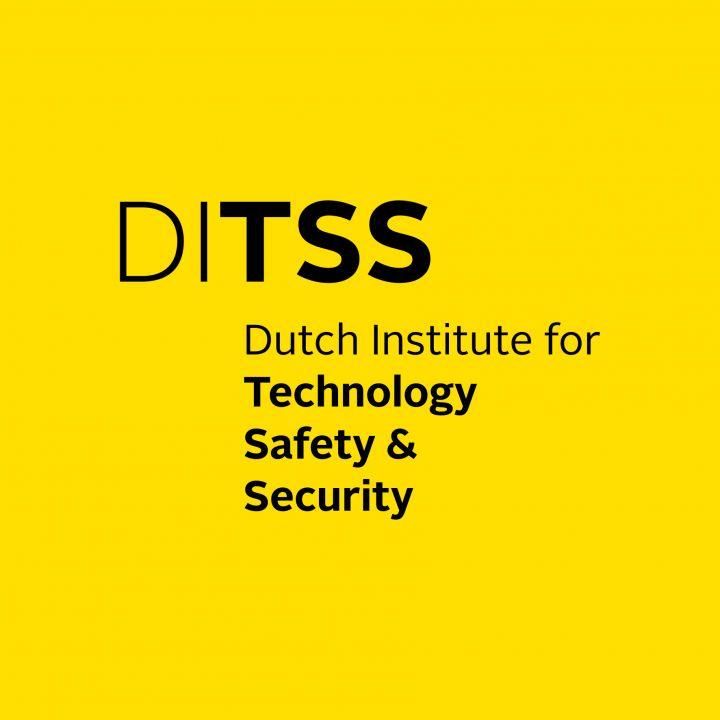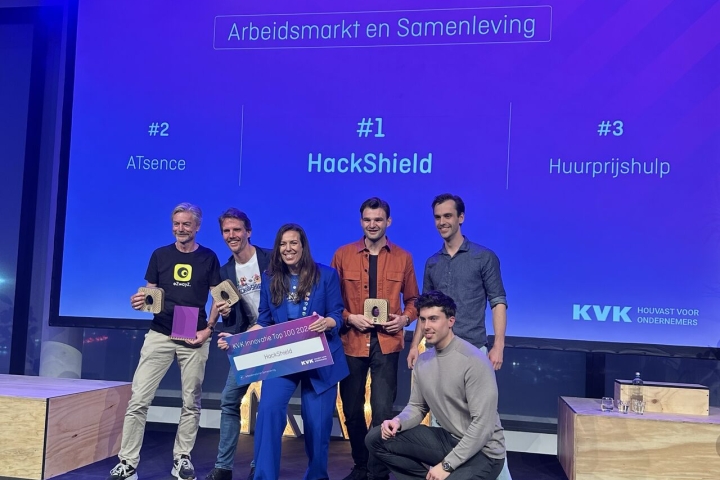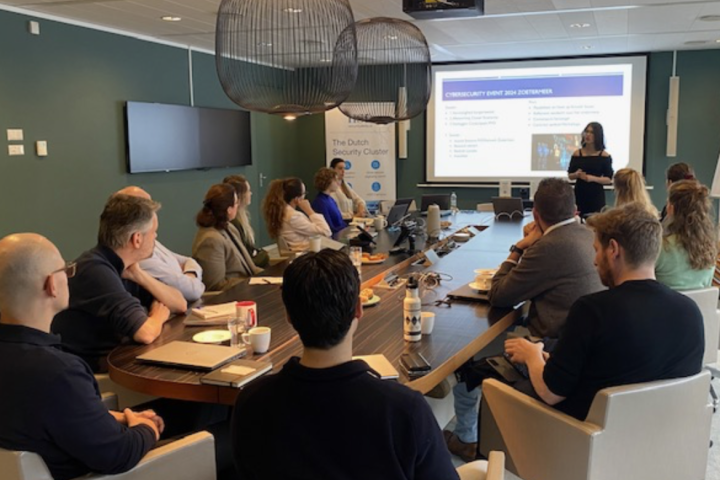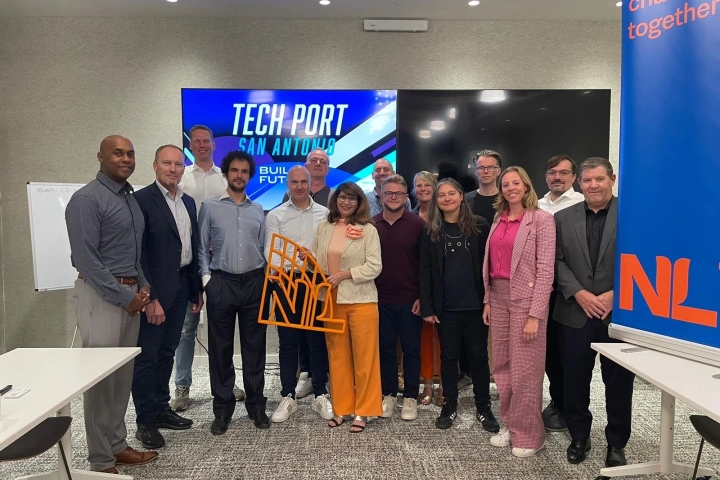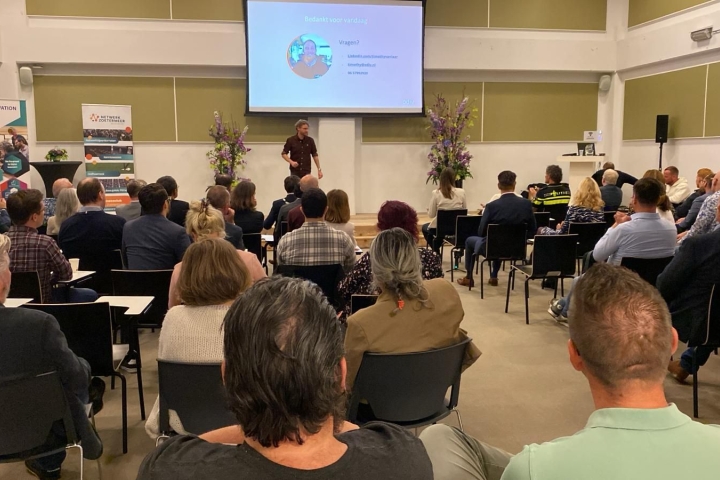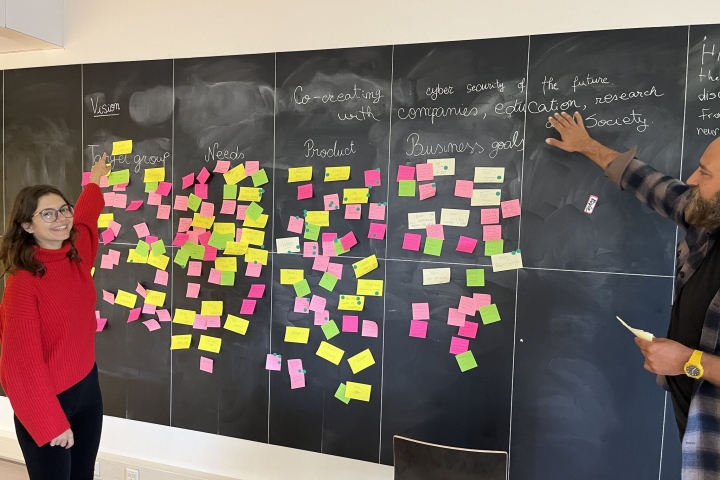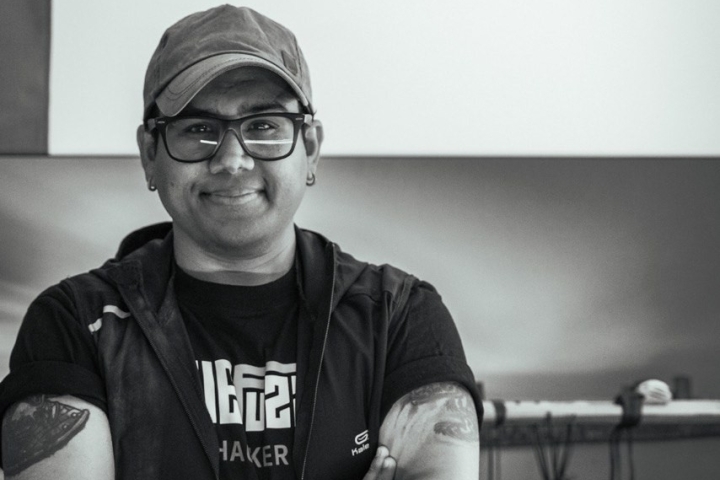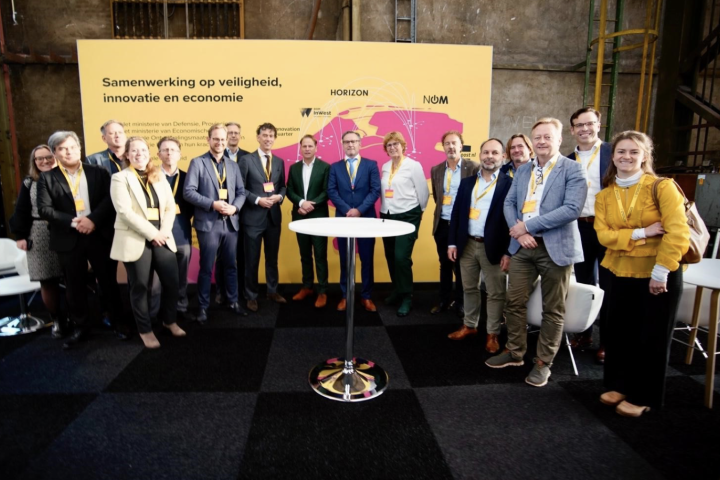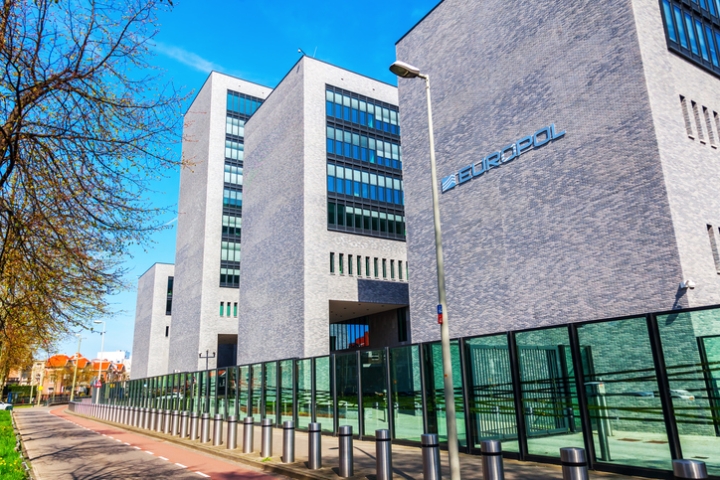Who to Include for Successful Smart City Initiatives
Recent research specifies several recommendations for the successful implementation of Smart City initiatives in the security domain in The Netherlands. Based on an analysis of actors and their roles in Smart City initiatives, the research shows that only a limited number of Smart City initiatives in the security domain trickle down from innovation to implementation. Among other factors, clearly dividing roles, long-term prioritization of the societal challenge, and involving the right parties in the implementation phase can support this transition.
In recent years, there has been experimentation in the Netherlands with technology and data-driven innovation around security issues in cities. This often takes place in living labs or in the form of a pilot. However, the operational implementation of successful innovations resulting from those experiments, which can be of great societal value, remains limited so far. One of the main goals of the Impact Coalition Safety & Security is to increase the number of initiatives that transition from innovation to implementation. To contribute to this objective, research was conducted on whether the constellation of actors can contribute to the successful implementation of Smart City initiatives in the security domain.
The research confirms that only a limited number of Smart City initiatives in the security domain transition from innovation to implementation. Bottlenecks in the implementation of Smart City initiatives include but are not limited to legal challenges (such as privacy or purpose limitation of camera’s) that cause delays and a decrease in trust, an unclear distribution of roles which causes misunderstanding, a lack of focus on and long-term prioritization of the societal challenge at hand, and a lack of internal involvement and cooperation within municipalities due to mentality differences.
Several differences exist between the constellation of actors in the innovation- and implementation phase. In the implementation phase on average a lot less actors are involved (average 7) than in the innovation phase (average 13). In addition, the diversity in the types of actors involved decreases in the implementation phase. The image below for example shows that knowledge institutes, startups/scaleups, and citizens mainly play a role during the innovation phase. Smart City project leaders need to be aware of and anticipate such changes in time, but they also need to think about the potential added value of these organisations during the implementation phase. Knowledge institutes could for example help monitor the long-term societal impact of the initiative, involving citizens can help guarantee a long-term connection with societal needs, and continuous collaboration with startups/scaleups allows them to grow, which advances innovation and eventually the country’s economy.
In terms of the roles involved, the research shows that many roles are filled by multiple actors in the innovation phase, but once an initiative is implemented, most are filled by solely one actor. Public organisations fulfil many different roles in both phases, and in the implementation phase the directing and execution roles solely lie with public organisations.

Based on these findings, the research proposes 6 recommendations to help Smart City initiatives successfully transition from innovation to implementation:
- Focus on the societal challenge: involve a long-term problem owner and ensure all involved parties prioritize the societal challenge at hand.
- Involve the right parties in the implementation phase: involve a relatively small group of parties, and always involve at least private organisations and national- and local public organisations.
- Optimize internal involvement and collaboration: Timely involve the required people and competencies within public organisations. Get to know each other's way of working and clearly divide roles.
- Clearly divide the different roles: timely define and communicate the division of roles for the innovation- and implementation phase, keeping in mind that this division differs per phase.
- Overcome legal obstacles: don’t get discouraged by legal obstacles but overcome them instead, by involving regulators, an internal legal team and a national problem owner.
- Organise the follow-up of collected data/information (for example sensor data) early on in the process: involve (future) users in the innovation phase by informing them, having them draw up preconditions for the innovation, and including them in the process to enhance awareness.
Are you interested in reading more about this research and the proposed recommendations? Click here! (note: in Dutch) The research was conducted by Esmée Hendriksen under supervision of HSD Office, for the Impact Coalition Safety & Security. This research is used to support HSD’s contribution to and involvement with safety and security in Smart Cities. Read more about our Smart Secure Resilient Cities programme here. Read more about the Impact Coalition Safety & Security here.





